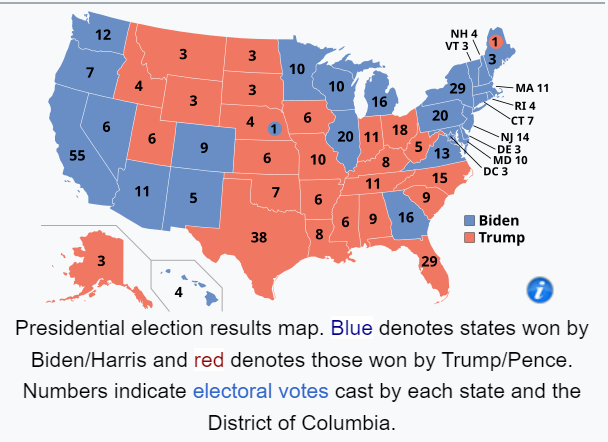Swing States in America ~ In U.S. elections, certain states are considered “swing states” or “battleground states” because they have the potential to switch party allegiance between the Republican and Democratic parties. These states are often crucial in determining the outcome of presidential elections due to their significant electoral vote counts and unpredictable voting patterns. Below are some important swing states and factors that could influence their party allegiance:
1. Arizona
– Recent Trends: Historically a Republican stronghold, Arizona has become more competitive, especially after Joe Biden won the state in the 2020 election.
– Key Issues: Immigration, healthcare, and suburban voters’ shifting preferences are pivotal. The growing Hispanic population and increasing urbanization contribute to its competitiveness.
2. Georgia
– Recent Trends: Georgia has traditionally been a Republican state, but it flipped to Democratic in 2020 for the first time since 1992.
– Key Issues: Voter mobilization efforts, particularly among African American voters, have been crucial. Suburban areas around Atlanta have also been shifting toward the Democrats.
3. Michigan
– Recent Trends: Michigan has been a key battleground state in recent elections, flipping to Trump in 2016 and then to Biden in 2020.
– Key Issues: The economy, especially issues related to manufacturing and trade, as well as healthcare and the environment, are significant. The state’s large population of unionized workers plays an important role.
4. Pennsylvania
– Recent Trends: Pennsylvania is another critical swing state, with a mix of urban Democratic strongholds and rural Republican areas. It went for Trump in 2016 and Biden in 2020.
– Key Issues: Economic concerns, particularly in the industrial and rural regions, and issues related to energy, such as fracking, are highly influential.
5. Wisconsin
– Recent Trends: Like Michigan and Pennsylvania, Wisconsin is part of the “Rust Belt” and has been closely contested in recent elections. It swung from Obama in 2012 to Trump in 2016, and back to Biden in 2020.
– Key Issues: Jobs, healthcare, and education are central. Rural vs. urban divides are prominent, with rural areas leaning Republican and cities leaning Democratic.
6. North Carolina
– Recent Trends: North Carolina has been a swing state for several election cycles, leaning slightly Republican but with strong Democratic competition.
– Key Issues: Demographic changes, particularly the influx of young professionals and minorities, are making the state more competitive. Healthcare, education, and economic issues are also critical.
7. Nevada
– Recent Trends: Nevada has been leaning Democratic in recent elections, but remains competitive.
– Key Issues: The economy, particularly related to the tourism industry, healthcare, and immigration are significant. The state has a large Hispanic population, which plays a key role in elections.
8. Florida
– Recent Trends: Florida is one of the most famous swing states, with its large and diverse electorate making it highly unpredictable. It has a history of close elections.
– Key Issues: Immigration, healthcare, and issues affecting senior citizens, like Social Security and Medicare, are highly important. The Cuban-American vote in South Florida can be a decisive factor.
9. New Hampshire
– Recent Trends: New Hampshire is a smaller state but has a history of close races and can swing either way.
– Key Issues: Economic issues, healthcare, and education are significant. The state has a mix of liberal and conservative voters, making it competitive.
10. Ohio
– Recent Trends: Ohio has traditionally been a bellwether state, though it has leaned more Republican in recent elections.
– Key Issues: Economic issues, particularly those affecting manufacturing and blue-collar workers, are central. Healthcare and education are also important.
These states are typically the focus of intense campaigning, as their electoral votes can be decisive in a close election. Factors such as demographic shifts, local economic conditions, and key issues like healthcare, immigration, and education can all influence whether a state might switch its party allegiance in an upcoming election.
Swing States in America
